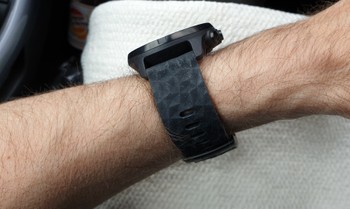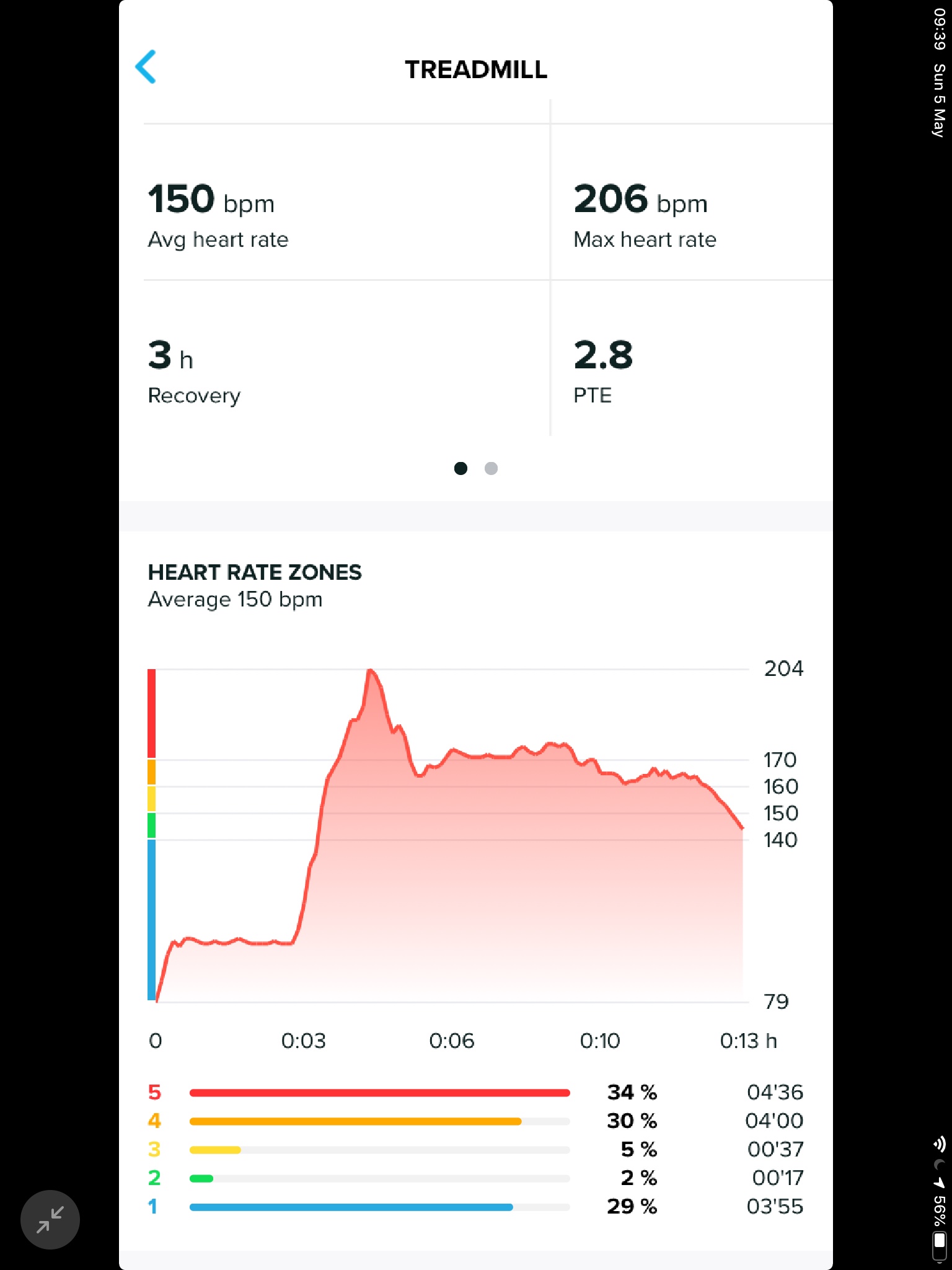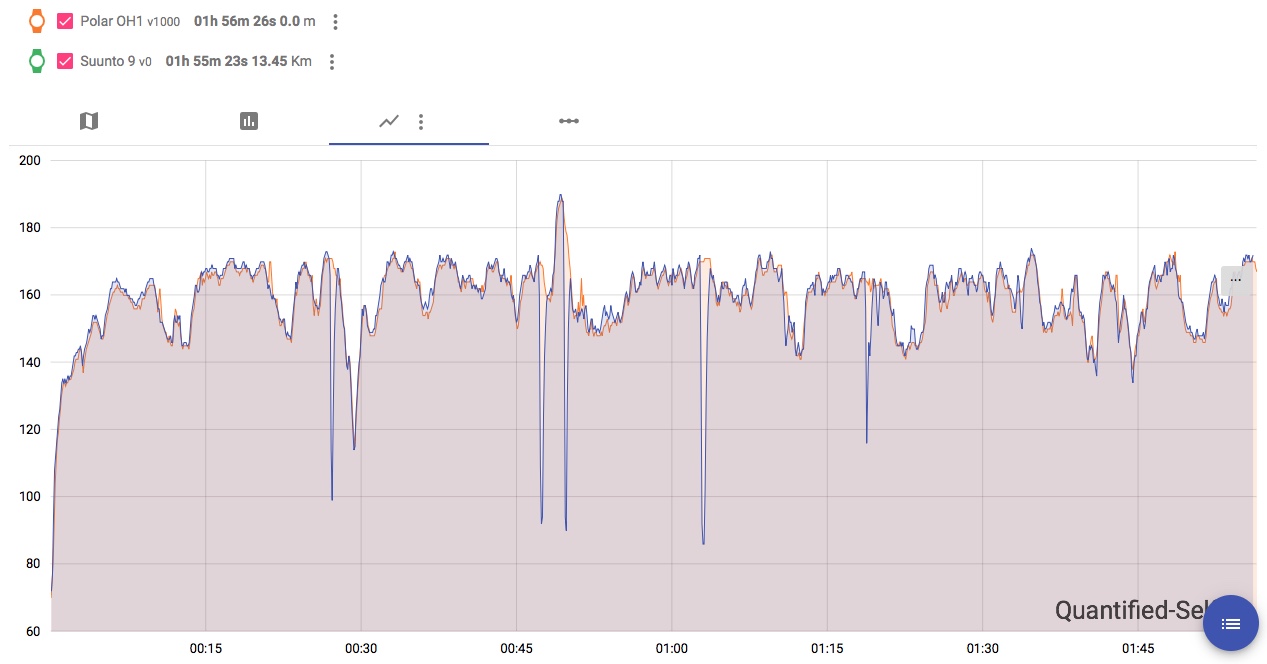-
@pilleus said in Suunto 9 OHR readings:
@Shrek3k said in Suunto 9 OHR readings:
I am usually quote fine
On the left arm/wrist? How strong is the strap fixed? Can you show us the exact position (behind the wrist, 2 cm or 3 cm)?
Thanks for your advice!
Apologies for forgetting to mention these details: left wrist (slightly higher (approx 3 cm) and tighter than usually / during “regular hours” ) … more or less tighter one notch, then pushed up until it “feels good, tight, but comfortable”, and it is my non-dominant side, as I am right-handed (not very scientific
 )
)
-
@Shrek3k thanks, my experience is the same, just on the right arm.
In my opinion it’s a difference between running/walking and cycling. The problems happen during cycling, never during running/walking.
-
BTW feel free to vote
-
@pilleus I agree that there seems to be or is a difference between cycling and walking/running. But for me it seems to be better when cycling - as long as I avoid cobblestone and give the watch some to “soak” (feels like a waste of time and is rather annoying but seems to be worth the time).
-
@Dimitrios-Kanellopoulos said in Suunto 9 OHR readings:
BTW feel free to vote
Before voting I for example need to try the other arm which I have not used with / tried for OHR as I have been able to receive acceptable results on my “usual” arm …
-
This week on the treadmill.
First 3 minutes not accurate then a jump at 206bpm then was I would say accurate.
then was I would say accurate.
-
This post is deleted! -
Well, mine is a Trainer, less expensive than the 9.
But I would say that except some what I would call minors and exceptional issues the ohr readings are usually not that bad. -
@NicolasP said in Suunto 9 OHR readings:
Trainer
Trainer gives me better results than the 9. No doubt.
-
@mountainChris it has been said that cheaper and lighter watches have better ohr because of less wobbling when running (due to less weight)
-
@Yannis-Belouris said in Suunto 9 OHR readings:
@mountainChris it has been said that cheaper and lighter watches have better ohr because of less wobbling when running (due to less weight)
That is what I understood as major factor, too - the weight (and the following challenge to attach the watch “immobile”), so the better sensor and even algorithm won’t help if the thing is wobbling
 … nevertheless a little frustrating and obviously one reason why Suunto is not advertising real HR-measuring from the wrist …
… nevertheless a little frustrating and obviously one reason why Suunto is not advertising real HR-measuring from the wrist … -
The more research I did when deciding to get a running/hiking watch, the more it pushed me in the direction of deliberately getting one without built-in HR. My dainty and hairy wrists ultimately tilted me to the Spartan Ultra, and I don’t regret that decision at all. There was no sense for me to spring for an extra feature that would probably never work well on my wrist.
Ironically I’ve ended up using an optical HR monitor for workouts, and I have total trust in it now, but it’s worn against my upper arm on an elastic band. Optical HR can be very reliable; the problem is the wrist is pretty much the worst place to put a monitor, but that’s where watches have to be worn.
